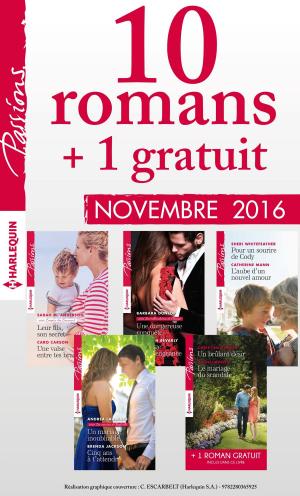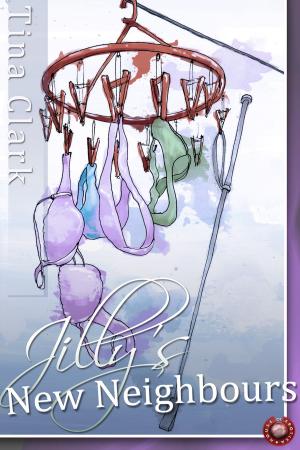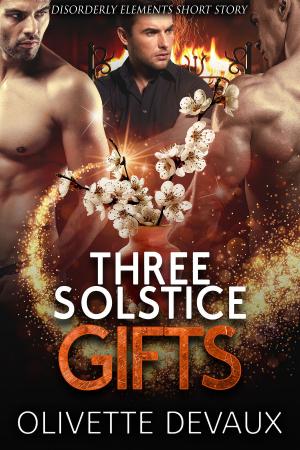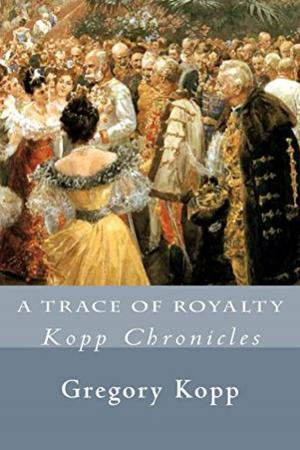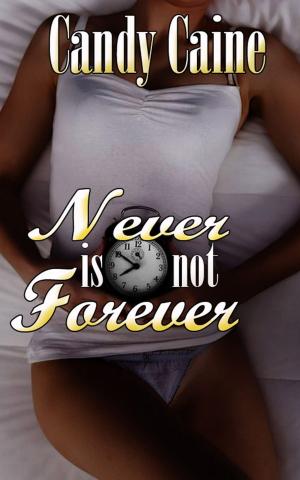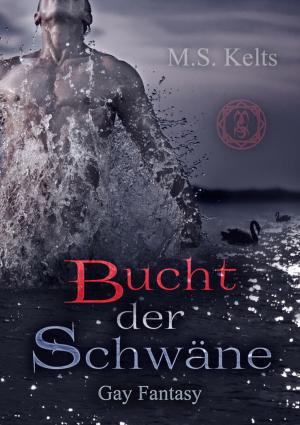The Three Days' Tournament
A Study in Romance and Folk-Lore
Comics & Graphic Novels, Science Fiction & Fantasy, Romance| Author: | Jessie L. Weston | ISBN: | 1230000265852 |
| Publisher: | T. and A. Constable | Publication: | September 4, 2014 |
| Imprint: | Language: | English |
| Author: | Jessie L. Weston |
| ISBN: | 1230000265852 |
| Publisher: | T. and A. Constable |
| Publication: | September 4, 2014 |
| Imprint: | |
| Language: | English |
Example in this ebook
The Study comprised in the following pages should, as the title indicates, be regarded as an Appendix to the Studies on the Lancelot Legend previously published in the Grimm Library Series. As will be seen, they not only deal with an adventure ascribed to that hero, but also provide additional arguments in support of the theory of romantic evolution there set forth. Should the earlier volume ever attain to the honour of a second edition, it will probably be found well to include this Study in the form of an additional chapter; but serious students of Arthurian romance are unfortunately not so large a body that the speedy exhaustion of an edition of any work dealing with the subject can be looked for, and, therefore, as the facts elucidated in the following pages are of considerable interest and importance to all concerned in the difficult task of investigating the sources of the Arthurian legend, it has been thought well to publish them without delay in their present form.
In the course of this Study I have, as opportunity afforded, expressed opinions on certain points upon which Arthurian scholars are at issue. Here in these few introductory words I should like, if possible, to make clear my own position with regard to the question of Arthurian criticism as a whole. I shall probably be deemed presumptuous when I say that, so far, I very much doubt whether we have any one clearly ascertained and established fact that will serve as a definite and solid basis for the construction of a working hypothesis as to the origin and development of this immense body of romance. We all of us have taken, and are taking, far too much for granted. We have but very few thoroughly reliable critical editions, based upon a comparative study of all the extant manuscripts. Failing a more general existence of such critical editions, it appears impossible to hope with any prospect of success to ‘place’ the various romances.[1]
Further, it may be doubted if the true conditions of the problem, or problems, involved have even yet been adequately realised. The Arthurian cycle is not based, as is the Charlemagne cycle, upon a solid substratum of fact, which though modified for literary purposes is yet more or less capable of identification and rectification; such basis of historic fact as exists is extremely small, and for critical purposes may practically be restricted to certain definite borrowings from the early chronicles.
The great body of Arthurian romance took shape and form in the minds of a people reminiscent of past, hopeful of future, glory, who interwove with their dreams of the past, and their hopes for the future, the current beliefs of the present. To thoroughly understand, and to be able intelligently and helpfully to criticise the Arthurian Legend, it is essential that we do not allow ourselves to be led astray by what we may call the ‘accidents’ of the problem—the moulding into literary shape under French influence—but rather fix our attention upon the ‘essentials’—the radically Celtic and folk-lore character of the material of which it is composed.
To be continue in this ebook................................................................................................................
Example in this ebook
The Study comprised in the following pages should, as the title indicates, be regarded as an Appendix to the Studies on the Lancelot Legend previously published in the Grimm Library Series. As will be seen, they not only deal with an adventure ascribed to that hero, but also provide additional arguments in support of the theory of romantic evolution there set forth. Should the earlier volume ever attain to the honour of a second edition, it will probably be found well to include this Study in the form of an additional chapter; but serious students of Arthurian romance are unfortunately not so large a body that the speedy exhaustion of an edition of any work dealing with the subject can be looked for, and, therefore, as the facts elucidated in the following pages are of considerable interest and importance to all concerned in the difficult task of investigating the sources of the Arthurian legend, it has been thought well to publish them without delay in their present form.
In the course of this Study I have, as opportunity afforded, expressed opinions on certain points upon which Arthurian scholars are at issue. Here in these few introductory words I should like, if possible, to make clear my own position with regard to the question of Arthurian criticism as a whole. I shall probably be deemed presumptuous when I say that, so far, I very much doubt whether we have any one clearly ascertained and established fact that will serve as a definite and solid basis for the construction of a working hypothesis as to the origin and development of this immense body of romance. We all of us have taken, and are taking, far too much for granted. We have but very few thoroughly reliable critical editions, based upon a comparative study of all the extant manuscripts. Failing a more general existence of such critical editions, it appears impossible to hope with any prospect of success to ‘place’ the various romances.[1]
Further, it may be doubted if the true conditions of the problem, or problems, involved have even yet been adequately realised. The Arthurian cycle is not based, as is the Charlemagne cycle, upon a solid substratum of fact, which though modified for literary purposes is yet more or less capable of identification and rectification; such basis of historic fact as exists is extremely small, and for critical purposes may practically be restricted to certain definite borrowings from the early chronicles.
The great body of Arthurian romance took shape and form in the minds of a people reminiscent of past, hopeful of future, glory, who interwove with their dreams of the past, and their hopes for the future, the current beliefs of the present. To thoroughly understand, and to be able intelligently and helpfully to criticise the Arthurian Legend, it is essential that we do not allow ourselves to be led astray by what we may call the ‘accidents’ of the problem—the moulding into literary shape under French influence—but rather fix our attention upon the ‘essentials’—the radically Celtic and folk-lore character of the material of which it is composed.
To be continue in this ebook................................................................................................................


